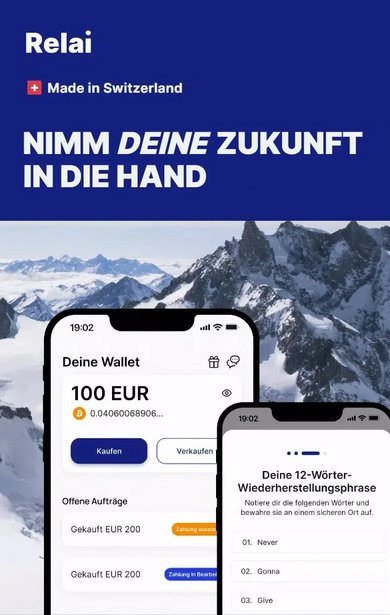What happens during a Bitcoin halving?
What is it about?
In a decentralized payment network such as Bitcoin, new money must first be "distributed" somehow so that it can be used at all. As there is no central issuing office where you can collect your "freshly printed Bitcoin", a mechanism that is as fair as possible, but above all verifiable, is needed to issue new Bitcoin - without any central authority.
Bitcoin mining, as the name suggests, plays an important role here. Collecting and confirming new transactions block by block initially has the overriding purpose of allowing the network to progress in a secure and controlled manner, but the miners also earn a reward (block reward) in the form of transaction fees and the distribution of new Bitcoin.
Anyone who takes a closer look at Bitcoin will also quickly come across the almost magical figure of 21 million. Another important aspect is the scarcity of Bitcoin, a maximum total amount that can never be exceeded. The issuance mechanism must therefore not only be fair and verifiable, but also self-exterminating. And this is exactly what brings us to Bitcoin halving!
What is a halving?
For each new Bitcoin block, the miner who finds it is entitled to a reward. Part of this reward, the so-called block subsidy, not only serves as an incentive to mine Bitcoin in the first place and thus secure the network, but also takes on the role of issuing new Bitcoin as described above. Of course, this block subsidy cannot be freely chosen, but is limited by strict rules, originally to 50 BTC per new block found.
Since the start of the Bitcoin network in 2009, this figure has halved every 210,000 blocks, which corresponds to around four years with an average block time of ten minutes. With the first halving in 2011, 50 BTC became 25 BTC, four years later it was only 12.5 BTC, until the current era of 6.25 BTC per block was finally ushered in in November 2020.
This mechanism is firmly anchored in the rules of the Bitcoin protocol and is checked and enforced by every participant in the network. If a miner were to try to cheat and pay out more Bitcoin than intended, their block would simply be invalid and the network would reject it. So there is no centralized judge to declare the next Bitcoin halving. Instead, Bitcoin's "monetary policy" is clearly and mathematically implemented in the program code and can be verified by anyone.
Conversely, the steadily halving block subsidy results in an ever slower growing total amount of Bitcoin. You can imagine it like a car that halves its speed over and over again, and thus becomes slower and slower. Theoretically, such a car would never come to a standstill, but would only become "infinitely slow", but in reality, of course, things look different - just like in the Bitcoin network. There is no space on our computers to perform a halving infinitely often, which is why the 33rd halving, which is expected to take place in 2140, will be the end when the last fraction of a Bitcoin comes into circulation.





